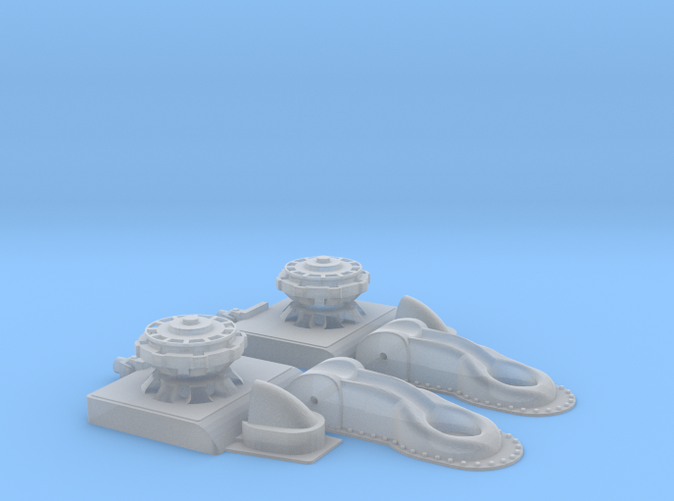They were 6" or 150mm wide which would come out at just over 1mm at 1:144.
I'm building the Billings Titanic at 1:144 as a static display rather than the normal RC so am trying to be careful with the detail. I felt that it would be impractical to deal with planking at this width so went with something that capures the essence of the feature. If you look at some of the photographs of the builders' models that were being produced by yards, in the first half of the 20th century, for customers, they would often slightly cariciturise features to accent them (such as brass rims on porthole side lights that would be have been flush in reality - see 'Glasgow Museums - The Ship Models', published by seaforth, for example).
In this spirit, i primed and sanded the decks with ultra-fine abrasive paper and sprayed them with Tamiya deck tan. I purchased a Pentel 0.2mm pencil and ruled the caulking lines on at a spacing of just under 2mm (approx 1.8mm to be precise - and there's a template of converging lines that i downloaded to get the spacing consistent which i've just searched for but can't for the life of me find anymore- you may have better luck) which is the closest that i could reasonably get them. I then sprayed the decks with a matt varnish to avoid the graphit lines smudging. The effect is pleasing and i'm happy with the outcome. I don't think that i could have reasonably achieved better. Modelling these beautiful ships, as is our need, helps us to be accepting of unavoidable imperfection.
I'd post a photo but i'm using an old Nokia phone which is unsupported by google so can't get any photos off it once they're taken.
Hope that this is useful.
Magellan.





